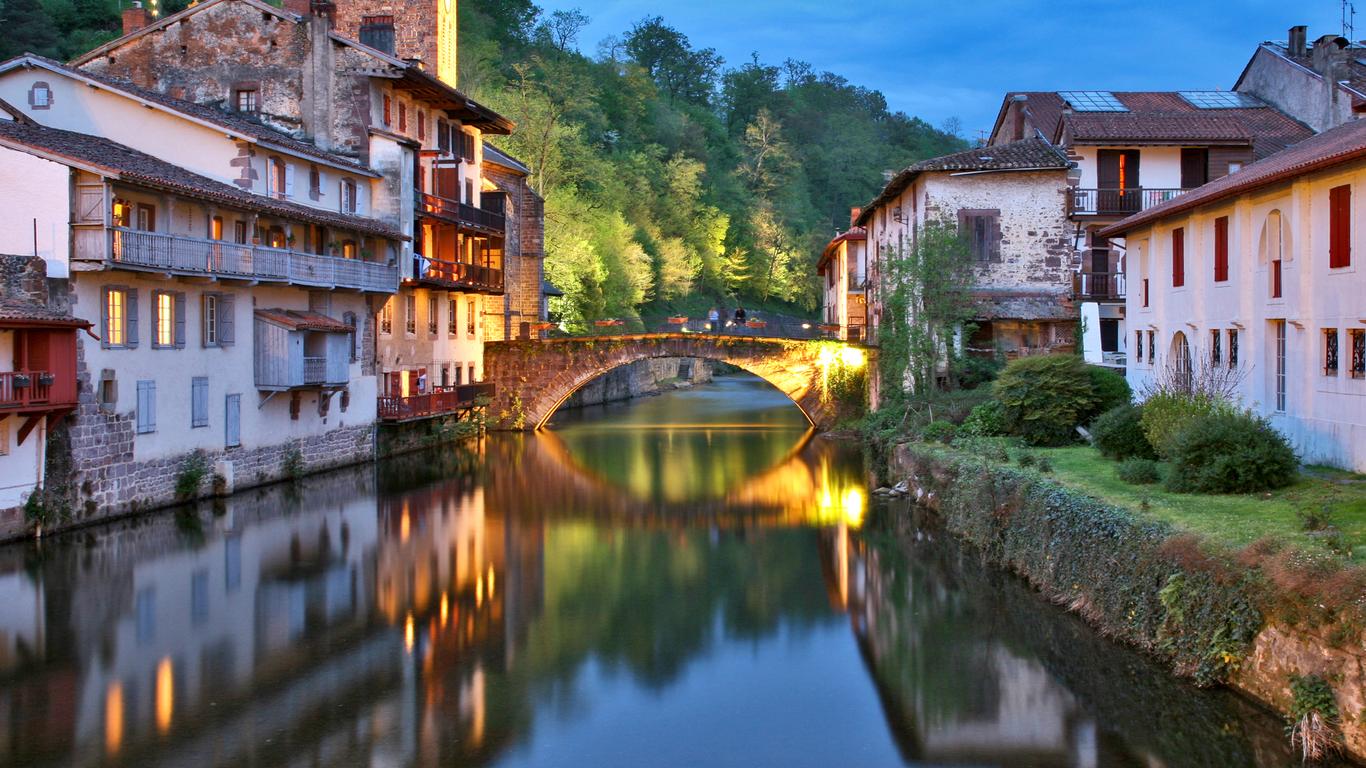One of Galicia’s four provinces, A Coruña hugs the Atlantic Ocean in the far north-west of Spain. It has long been an important religious and cultural centre, with the Camino de Santiago ending in its southern city of Santiago de Compostela. The provincial capital, also called A Coruña, is a major financial and industrial hub.
Things to do in La Coruña
Ancient Catholic pilgrimage sites, wildlife-filled islands and lively modern cities - the Province of A Coruña offers all of this and more.
Make a pilgrimage to Santiago de Compostela. Marking the endpoint of the Way of St. James, Santiago de Compostela has been a major pilgrimage site since the Middle Ages. It’s here that St. James is said to be buried within the monumental Catedral de Santiago de Compostela. Marvel at the ornately sculpted Portico de la Gloria and explore the tranquil courtyards of the Hostal de los Reyes Católicos, both of which overlook Plaza del Obradoiro.
Explore the Atlantic Islands of Galicia National Park. Shared by A Coruña and Pontevedra, this coastal wonderland encompasses several offshore archipelagos and has been designated as a Ramsar site. Yellow-legged gulls and Mediterranean shags can be seen on its sandbanks and beaches, which are best explored by boat.
Sightsee in A Coruña. Galicia’s most populated city, A Coruña is perched on a promontory dominated by the oldest Roman lighthouse still in use, the Tower of Hercules. Get lost in the pedestrian laneways that radiate from the Plaza de María Pita, which centres around a statue of the city’s heroine. Be sure to visit the 12th-century Igrexa de Santiago and the Museo Militar da Coruña or browse Spanish artworks from the 19th century to the present day at the Museo de Belas Artes da Coruña.
Getting around La Coruña
Santiago-Rosalía de Castro Airport is the main aviation gateway to the Province of A Coruña and has flights to destinations across Europe. Trains connect to major towns and cities throughout the province while buses serve smaller destinations. Renting a car is the most convenient way of accessing the Province of A Coruña’s more remote destinations.





